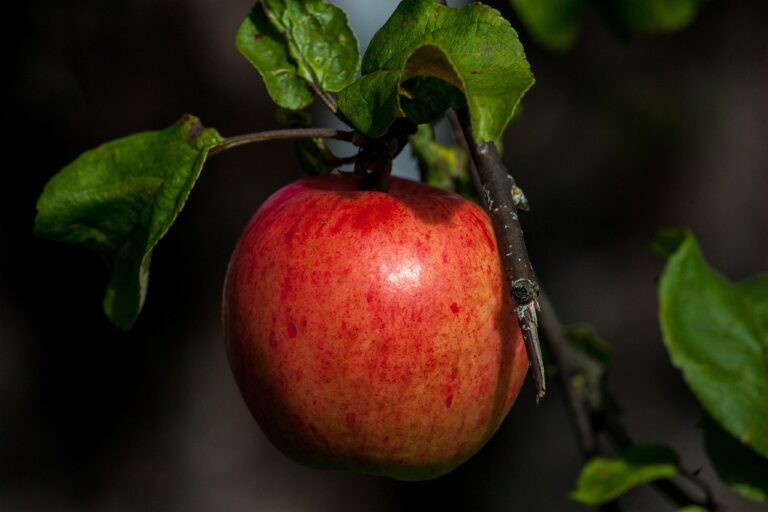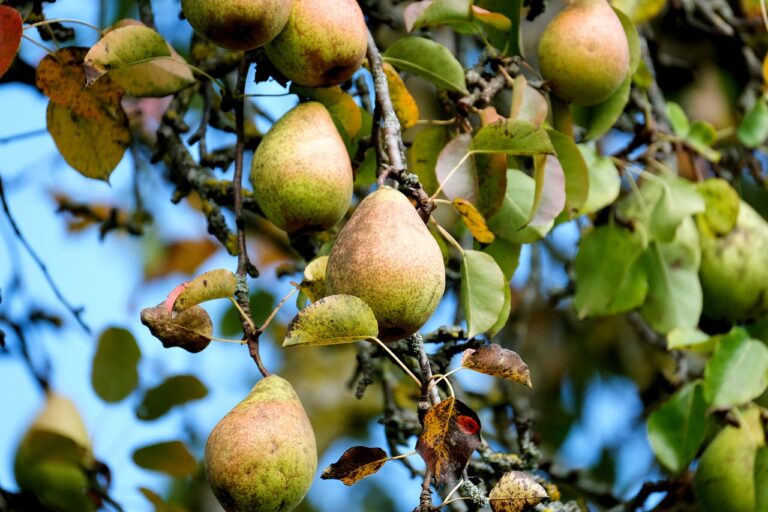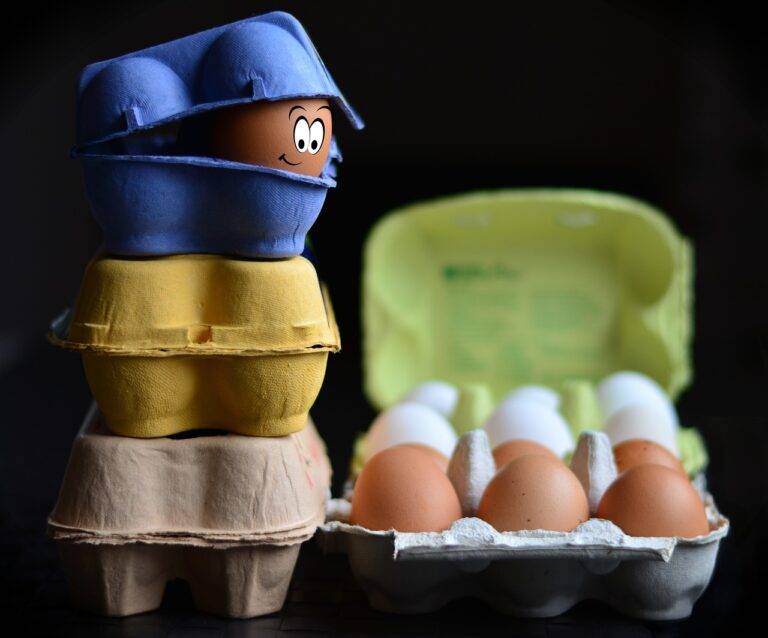Exploring the Role of Meat Processing in Tourism: Betbhai9 whatsapp number, Play exch.in, Lotus365.win new id
betbhai9 whatsapp number, play exch.in, lotus365.win new id: Meat processing plays a crucial role in the tourism industry, contributing to local economies and providing unique culinary experiences for travelers. From traditional butcher shops to modern meat processing plants, the art of meat processing has evolved over the years to meet the demands of tourists seeking authentic food experiences.
The beauty of meat processing in tourism lies in its ability to showcase the culture and heritage of a region through its culinary traditions. Whether it’s a local farm-to-table restaurant serving up freshly butchered meats or a guided tour of a sausage-making factory, tourists are increasingly seeking out these experiences to immerse themselves in the local food scene.
One of the key benefits of meat processing in tourism is its ability to support local economies. By sourcing ingredients locally and employing local residents, meat processing facilities can create jobs and contribute to the economic growth of the community. This not only benefits the local workforce but also helps to preserve traditional meat processing techniques that have been passed down through generations.
Furthermore, meat processing in tourism can also help to attract visitors to a destination. From food festivals celebrating the region’s unique meat products to interactive tours of meat processing facilities, tourists are drawn to these experiences that offer a behind-the-scenes look at how their favorite meats are made. This can help to create a memorable experience for visitors and encourage them to return to the destination in the future.
As travelers become more conscious of where their food comes from, meat processing in tourism has also become an opportunity to educate visitors about the importance of sustainable and ethical meat production. By highlighting the humane treatment of animals and the environmental impact of meat processing, these facilities can help to raise awareness and promote responsible consumer choices.
In conclusion, meat processing plays a vital role in the tourism industry, offering visitors a unique opportunity to explore the culinary traditions of a region and support local economies. From traditional butcher shops to modern processing facilities, these experiences provide a deeper understanding of the food we eat and the importance of sustainable and ethical meat production.
—
Heading 1: The Evolution of Meat Processing in Tourism
Meat processing has a long history in the tourism industry, from small family-owned butcher shops to large-scale processing facilities. This evolution has been driven by a growing demand for authentic culinary experiences and a desire to support local economies.
Heading 2: The Economic Impact of Meat Processing in Tourism
Meat processing facilities can have a significant economic impact on a destination, creating jobs and supporting local farmers. By sourcing ingredients locally and employing residents, these facilities can contribute to the economic growth of the community.
Heading 3: Showcasing Local Culinary Traditions
One of the key benefits of meat processing in tourism is its ability to showcase the culture and heritage of a region through its culinary traditions. Visitors can experience first-hand the unique flavors and techniques that make a destination’s meat products so special.
Heading 4: Attracting Visitors with Food Experiences
Meat processing facilities can help to attract visitors to a destination by offering unique food experiences. From guided tours of processing plants to food festivals celebrating local meats, tourists are drawn to these interactive experiences that offer a taste of the region’s culinary delights.
Heading 5: Educating Visitors on Sustainable Meat Production
As consumers become more conscious of where their food comes from, meat processing facilities can play a key role in educating visitors on sustainable and ethical meat production. By highlighting the importance of humane treatment and environmental sustainability, these facilities can help to raise awareness and promote responsible consumer choices.
Heading 6: Preserving Traditional Meat Processing Techniques
Meat processing in tourism also helps to preserve traditional meat processing techniques that have been passed down through generations. By supporting local butcher shops and artisanal producers, tourists can experience the time-honored methods that have shaped a destination’s culinary heritage.
—
FAQs:
Q: Are meat processing facilities safe for visitors to tour?
A: Yes, most meat processing facilities offer guided tours that adhere to strict safety regulations to ensure the well-being of visitors.
Q: Can visitors sample the meat products during tours?
A: Some facilities may offer samples of their meat products for visitors to taste, providing a delicious glimpse into the local culinary scene.
Q: How can tourists find meat processing experiences in a destination?
A: Visitors can research online or ask local tourism offices for recommendations on meat processing facilities and food experiences in the area.







